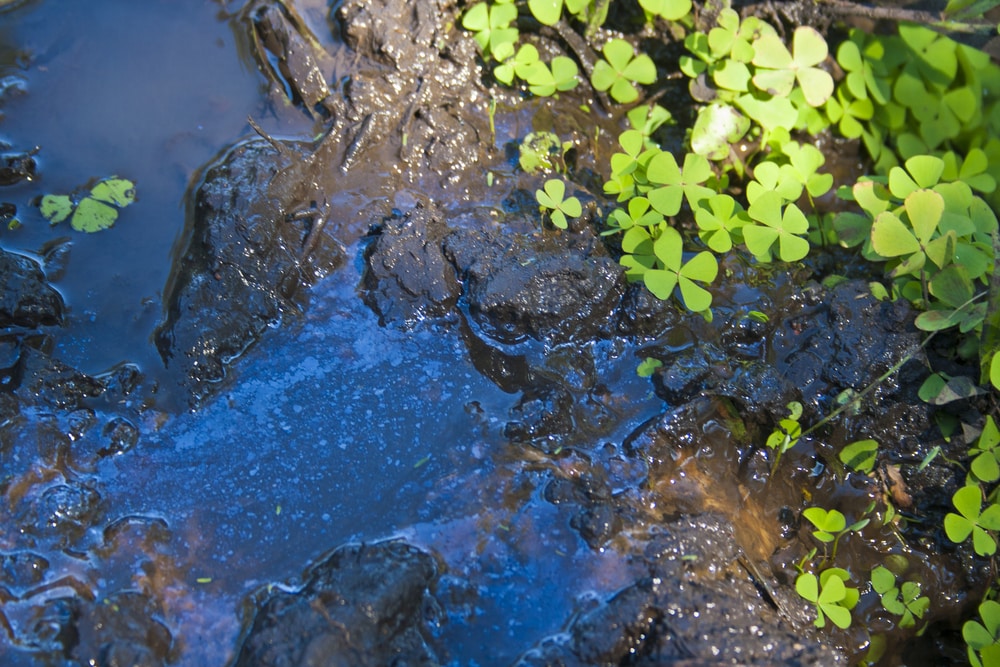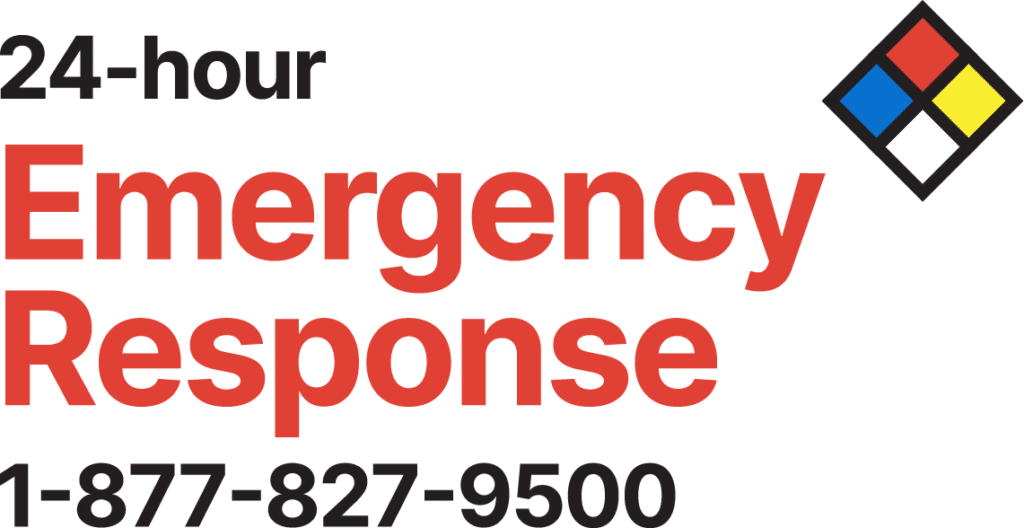Sudden torrential downpours may be nice for cozying up to the fireplace at home, but for businesses, all that water will contribute to polluted waterways and can easily become a headache if regulations aren’t followed. Stormwater gathers excess debris and pollutants before flowing directly to a larger bodies of water. A stormwater pollution prevention plan, or SWPPP, can go a long way toward mitigating the negative impact of stormwater and may be required by your state. At EWI, we have the experts to develop a plan for your site.
Developing a Stormwater Pollution Prevention Plan
What Is Stormwater Pollution?
Stormwater pollution comes from contaminated stormwater runoff that enters larger bodies of water. While stormwater itself isn’t technically a pollutant, the water gathers harmful materials as it flows through streets, down gutters, parking lots collecting oil, and industrial sites. All water flows across hard surfaces and picks up everything from trash, pet waste, and debris to fertilizers and other industrial chemicals. The water is then left untreated as it flows over more hard surfaces and directly into nearby rivers or lakes. As more and more polluted stormwater flows into a waterway, that waterway becomes contaminated. Site operators can play an active role in managing stormwater pollution.
What Is a Stormwater Pollution Prevention Plan?
Your state will issue a storm water permit depending on your industry. The average SWPPP outlines all ways a facility will minimize stormwater contamination and erosion in compliance with the Clean Water Act. A SWPPP should also note any potential sources of stormwater pollution at the site itself. That includes construction materials, sediment from dirt or dust, and any industrial chemicals used near the site. Ultimately, a SWPPP is both a plan and a promise to help mitigate the effects of stormwater pollution. When crafting your stormwater pollution plan, keep in mind to not confuse it with a land disturbance permit. It’s important to understand not all requirements are the same. Your state provides a scope of work for the stormwater pollution plan and it’s vital that it’s followed. Each SOP sets forth timeframes in which a you’re required to develop and implement a SWPPP, depending on whether your facility is newly permitted or receiving a renewed operating permit.
EWI specialized in stormwater pollution plans in all states. You can trust that we’ll get the plan right the first time.
Developing Your Stormwater Pollution Prevention Plan
There are a number of resources available when developing a SWPPP. The Clean Water Act employs the term Best Management Practices, or BMPs, to describe the ideal tactics to prevent stormwater pollution. BMPs can be divided into two categories:
- Structural BMPs: Structural BMPs include any physical measures to prevent erosion and manage stormwater pollution. Those include ponds, silt fence, filter sock, erosion control blankets, and seeding – essentially, anything to help absorb stormwater before it picks up harmful debris and chemicals.
- Non-structural BMPs: Where structural BMPs incorporate preventative structures, non-structural BMPs are based on habits. These habits – regularly picking up trash and debris, for example – go a long way toward preventing stormwater pollution from a site.
Complying with Stormwater Legislation
All SWPPPs must be in compliance with the Clean Water Act. Construction site operators and facility operators should also note any associated federal and state regulations – for example, the need for a National Pollutant Discharge Elimination System (NPDES) permit. Most states are currently authorized to implement the NPDES program; with that, many states are able to issue their own permits for stormwater discharges associated with construction sites. Look to their local municipal authority for guidance in developing SWPPPs. From there, state authorities are an excellent resource.
_____
Stormwater pollution is serious, but it’s far from inevitable. With planning and mitigation in place, you can prevent this kind of pollution from invading waterways.
Need help developing a stormwater pollution prevention plan? Request a quote here. We’ve got the experts ready to develop a plan just for your site. Our team will work with you to ensure environmental responsibility and compliance, particularly as it pertains to stormwater pollution. Lean on us for all your compliance needs.




